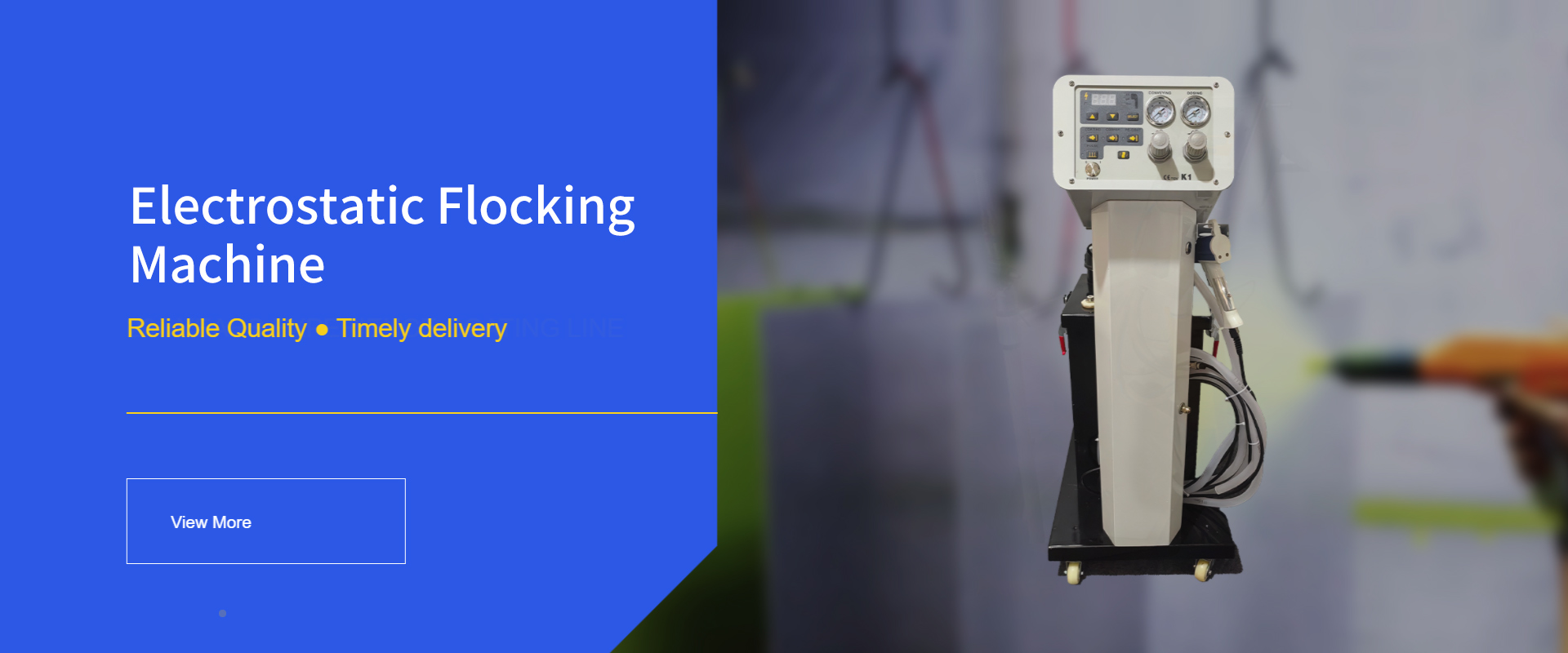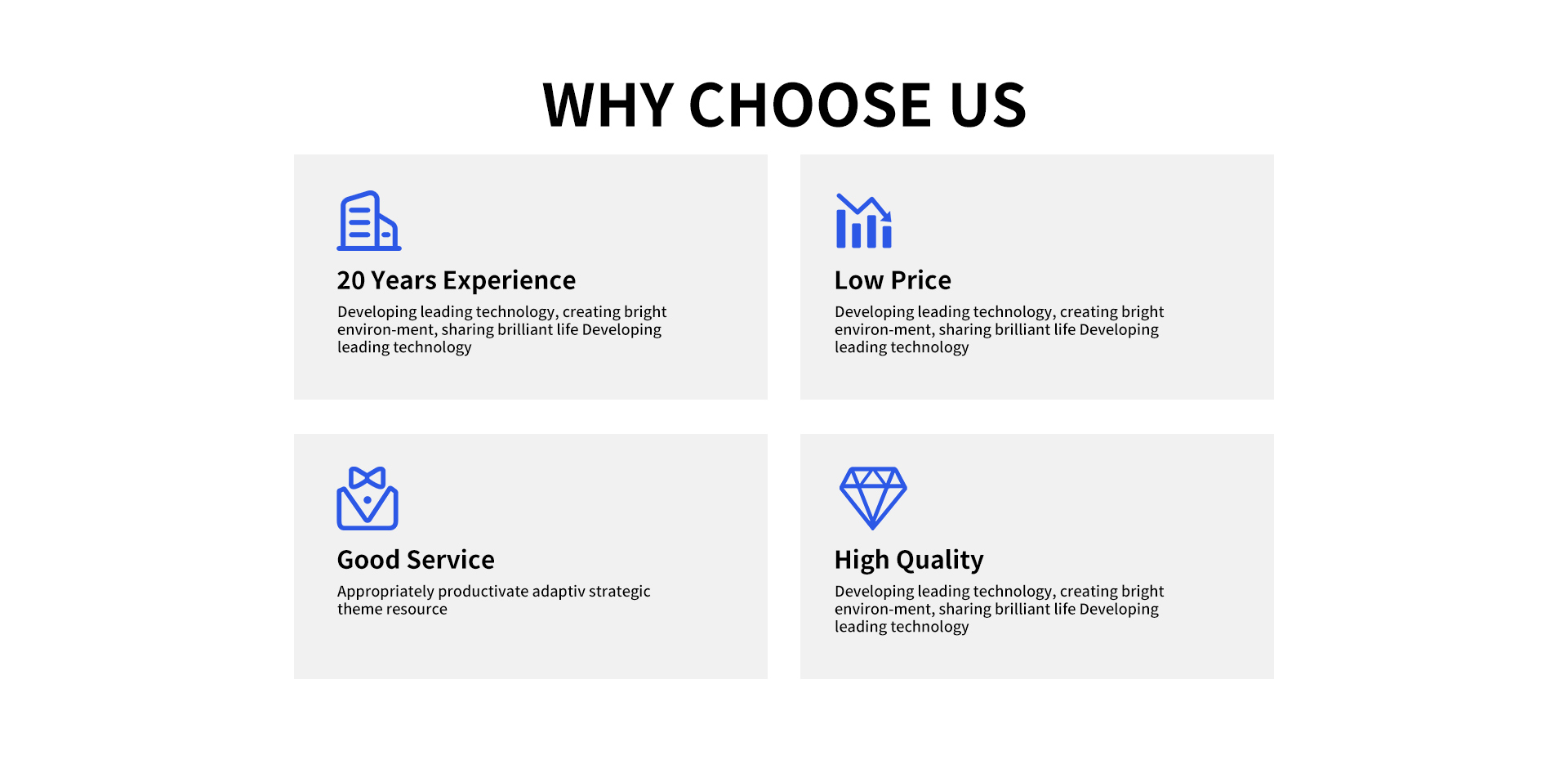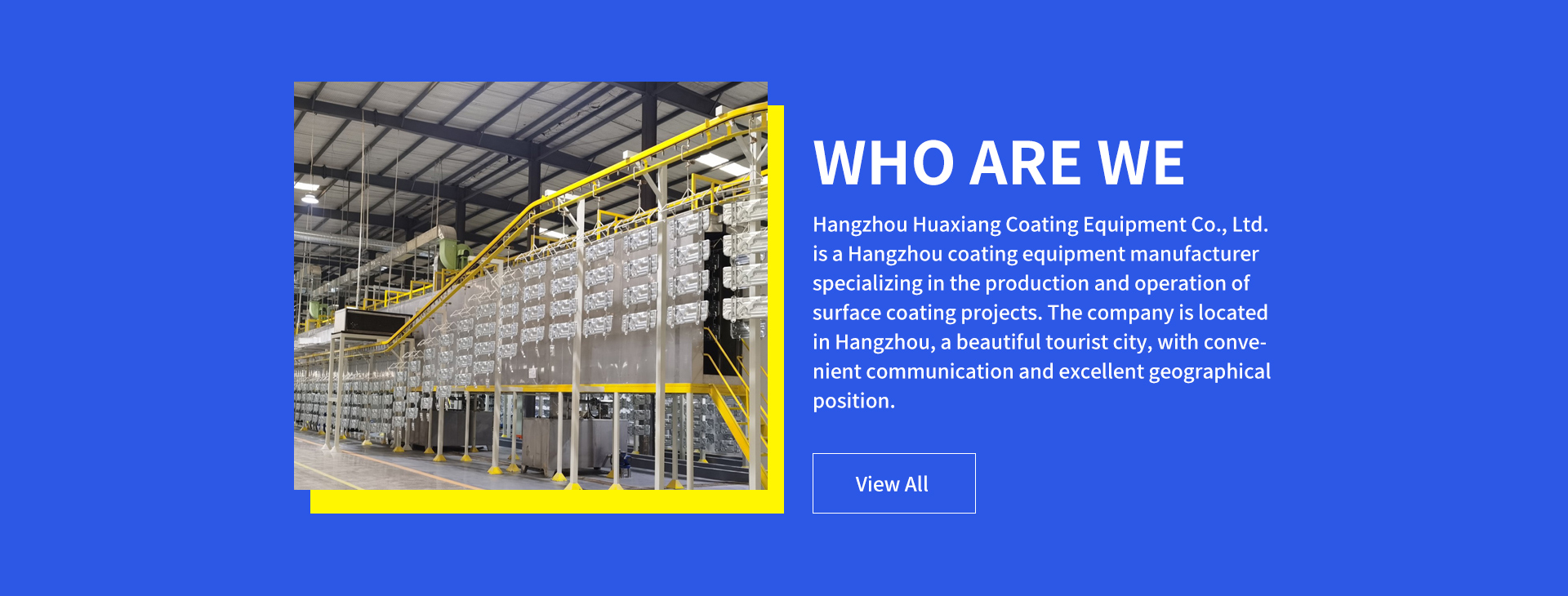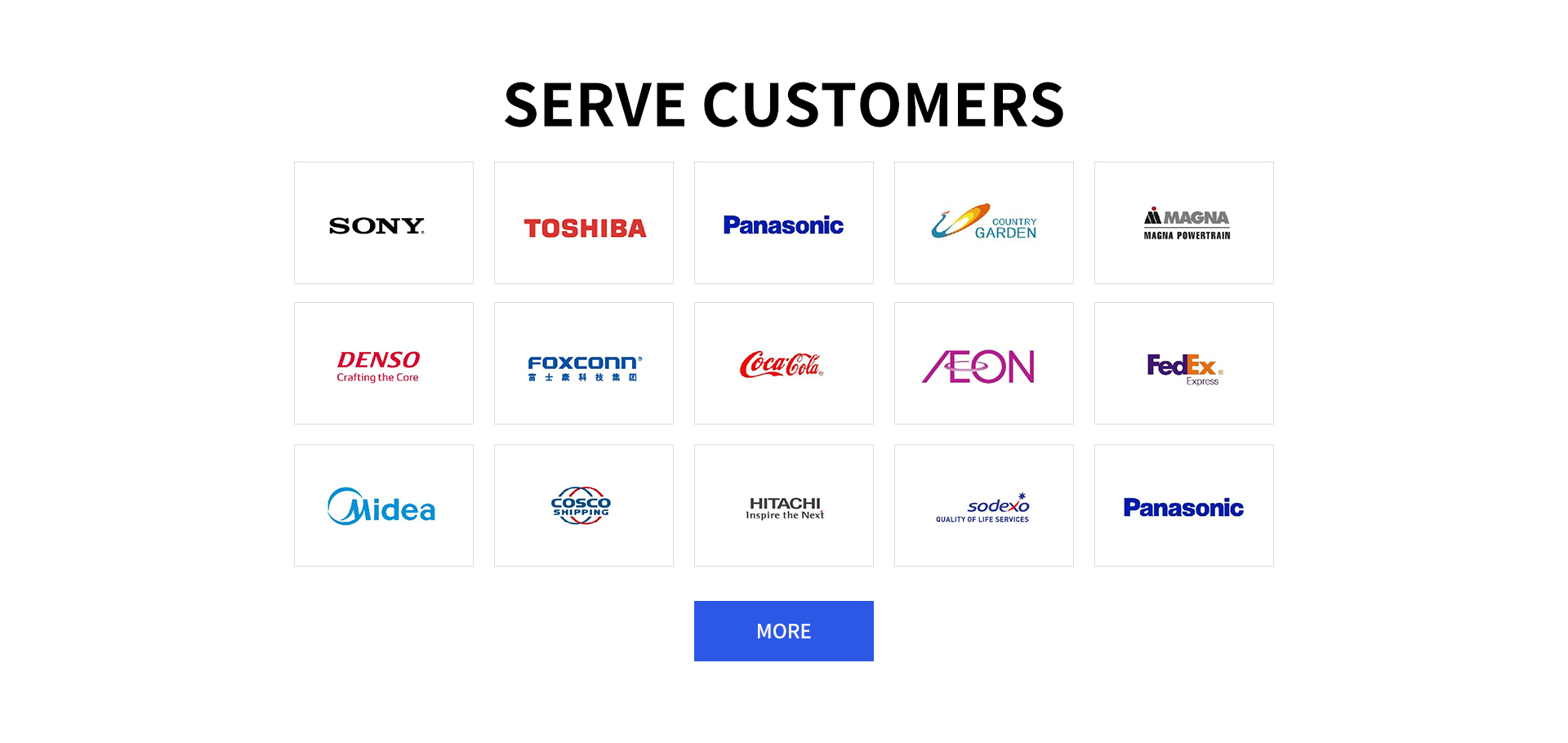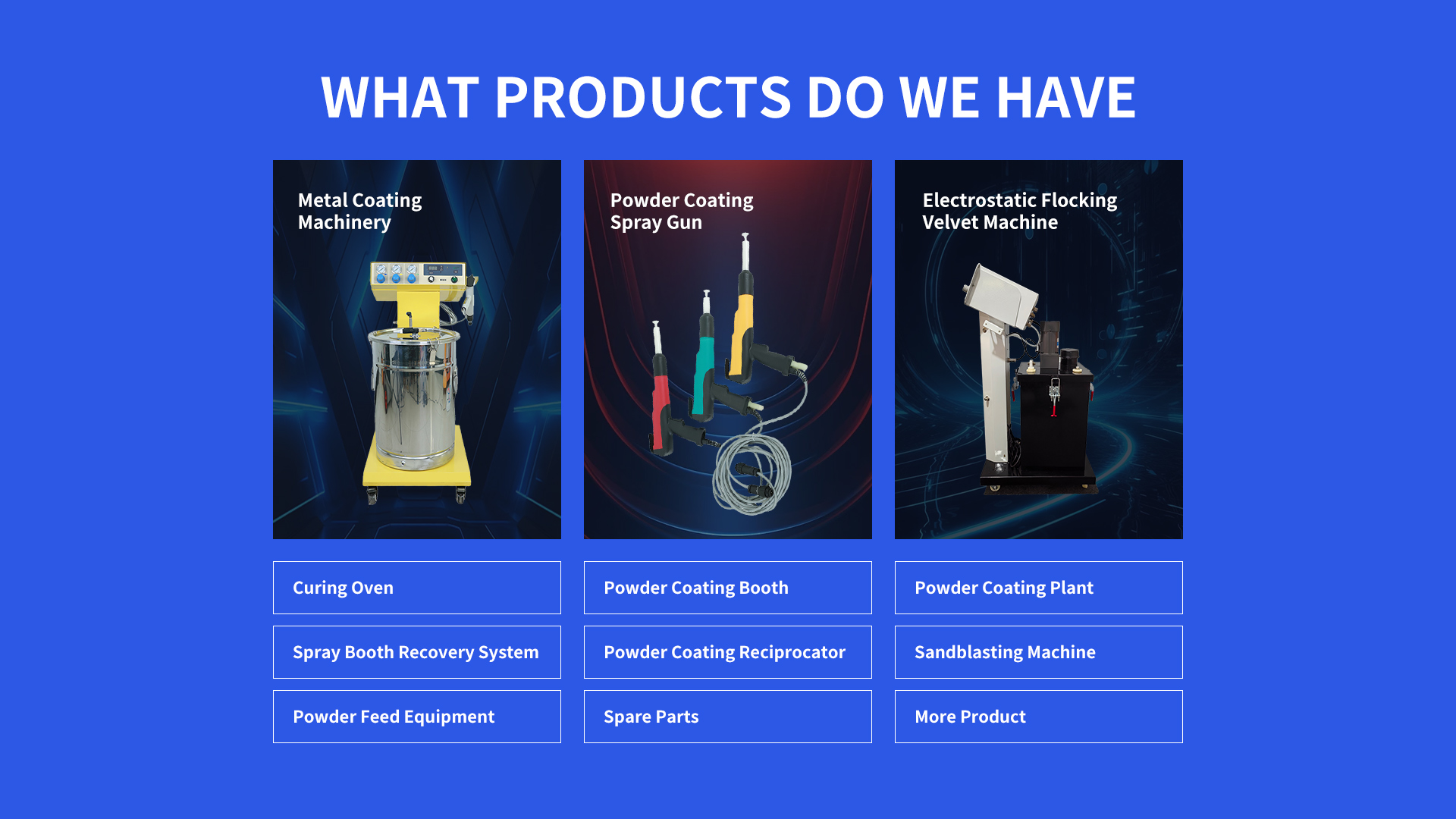Epoxy Powder Coating Machine technology represents a growing segment in the industrial coating market, driven by demands for durable, eco-friendly, and cost-effective finishing solutions. These systems utilize electrostatic charges to apply epoxy-based powders, creating hard, protective layers on metal substrates. Market applications span automotive, aerospace, construction, and consumer goods, where corrosion resistance, electrical insulation, and aesthetic quality are paramount. The pricing for Epoxy Powder Coating Machine units varies significantly based on automation levels and capacity. Basic manual systems start around USD seven thousand six hundred, while fully automated production lines can exceed USD ninety-two thousand. Operational costs remain competitive due to high material transfer efficiency and powder recovery capabilities, making these machines a valuable long-term investment for manufacturers seeking consistent, high-quality finishes.
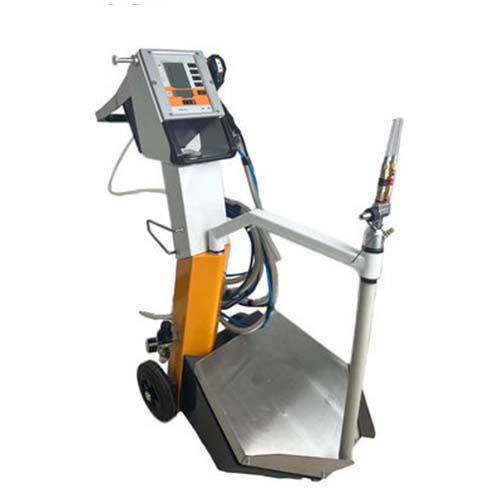
Epoxy Powder Coating Machine System Overview
Epoxy Powder Coating Machine systems are engineered for applying thermosetting epoxy powders through electrostatic deposition. The core components include a powder feed system with fluidized hoppers, electrostatic spray guns, a curing oven, and a recovery unit. The process begins with surface preparation, where substrates undergo cleaning and pretreatment to ensure optimal adhesion. The Epoxy Powder Coating Machine then electrostatically charges powder particles, propelling them toward grounded workpieces. This method ensures uniform coverage even on complex geometries. After application, components transfer to a curing oven where heat triggers cross-linking, forming a continuous, resilient film. These systems support various operational scales from small batch processing to high-volume continuous lines, accommodating diverse part sizes and production requirements.
Epoxy Powder Coating Machine Automated Surface Treatment Technology
Epoxy Powder Coating Machine automation integrates advanced control systems to enhance precision and efficiency. Programmable logic controllers manage operational parameters such as gun voltage, powder flow rate, and conveyor speed. Automated spray guns with reciprocating movers adjust trajectories to match component contours, ensuring consistent film thickness across irregular surfaces. Modern Epoxy Powder Coating Machine models feature dense-phase transfer technology, which uses high-density low-velocity air to deliver powder softly, reducing rebound and overspray. Infrared curing zones provide rapid thermal response for energy-efficient cross-linking. These automated features minimize manual intervention, boost throughput, and maintain repeatable quality. The technology also supports quick color changes through automated purge cycles, making Epoxy Powder Coating Machine systems ideal for flexible manufacturing environments.
Epoxy Powder Coating Machine Supplier Selection Techniques
Choosing an Epoxy Powder Coating Machine supplier demands careful evaluation of technical support, equipment reliability, and service capabilities. Prospective buyers should verify supplier certifications such as ISO standards and review case studies from similar industries. Assess the Epoxy Powder Coating Machine design for robustness, focusing on components like stainless steel hoppers and high-efficiency filters. Inquire about customization options to ensure the system aligns with specific production needs, whether for small precision parts or large structural items. Evaluate the supplier’s spare parts availability and technical response time. Consider the total cost of ownership, including energy consumption, maintenance schedules, and training programs. A thorough supplier assessment ensures your Epoxy Powder Coating Machine investment delivers reliable performance and long-term value.
Epoxy Powder Coating Machine Industrial Powder Coating Application Solutions
Epoxy Powder Coating Machine systems provide tailored solutions across multiple industries. In electrical manufacturing, they insulate motor stators and transformer cores with dielectric coatings that withstand high temperatures. Automotive applications include coating engine components, brackets, and fasteners for corrosion protection. The architectural sector uses Epoxy Powder Coating Machine equipment to finish steel frames, aluminum profiles, and fencing with weather-resistant layers. For consumer goods, these systems apply decorative and protective finishes on appliances and furniture. Solutions vary from compact manual booths for job shops to fully automated lines integrated with pre-treatment and material handling. The versatility of Epoxy Powder Coating Machine technology allows manufacturers to achieve specific performance characteristics by selecting appropriate epoxy powder formulations and adjusting application parameters.
Epoxy Powder Coating Machine Q&A
How to Operate Epoxy Powder Coating Machine Systems
Operating an Epoxy Powder Coating Machine requires following a structured procedure. Begin with surface preparation, cleaning and degreasing the substrate. Set the electrostatic spray gun to the recommended voltage and adjust powder flow rates. Maintain consistent gun-to-part distance during application. Transfer coated parts to the curing oven, ensuring the temperature profile matches the powder specifications. Regular Epoxy Powder Coating Machine operation includes monitoring system parameters and performing routine checks for optimal performance.
How to Maintain Epoxy Powder Coating Machine Components
Epoxy Powder Coating Machine maintenance involves scheduled cleaning and part inspections. Clean powder hoppers and spray guns daily to prevent clogging. Check fluidizing membranes for damage and replace worn nozzles. Examine hoses and electrical connections for wear. Lubricate moving parts according to the manufacturer’s guidelines. Proper Epoxy Powder Coating Machine maintenance ensures consistent performance and extends equipment service life.
How to Achieve Epoxy Powder Coating Machine Efficiency
Improve Epoxy Powder Coating Machine efficiency by optimizing powder recovery systems. Adjust electrostatic settings for maximum transfer efficiency. Use high-quality powders with consistent particle size distribution. Implement automated controls to maintain precise application parameters. Train operators on best practices for Epoxy Powder Coating Machine usage to minimize waste and reduce energy consumption.
How to Solve Epoxy Powder Coating Machine Problems
Troubleshoot Epoxy Powder Coating Machine issues by identifying common symptoms. For poor adhesion, check surface preparation and grounding. If thickness is uneven, verify gun settings and movement patterns. Address clogging by ensuring dry compressed air and clean powder. Epoxy Powder Coating Machine problem-solving requires systematic analysis of each process stage.
How to Select Epoxy Powder Coating Machine Materials
Choosing materials for Epoxy Powder Coating Machine applications involves evaluating substrate properties and performance requirements. Select epoxy powders based on desired characteristics such as chemical resistance or flexibility. Consider particle size and curing temperature to ensure compatibility with your Epoxy Powder Coating Machine system. Material selection directly impacts coating quality and operational efficiency.
Statement: Hangzhou Huaxiang Coating Equipment Co., Ltd Chinese Powder Coating Equipment facturers provide you with customized equipment for various types of Powder Coating Lines, Powder Coating Ovens, Powder Coating Booths,Powder Coating Guns, etc. For inquiries! Contact us at
Email: gezx@cncolourspray.com
WhatsApp: +86 13335812068

